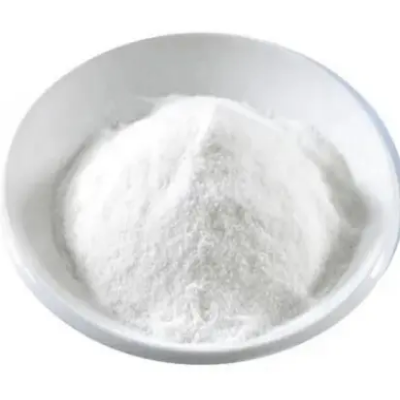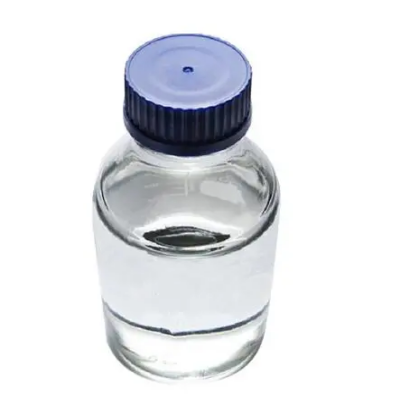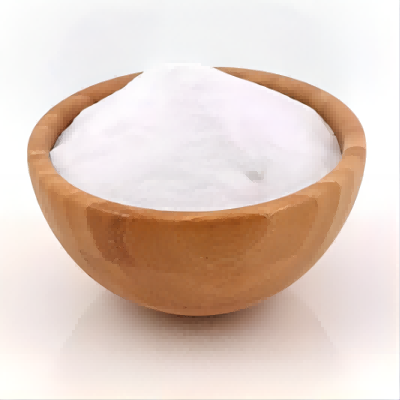1-methylurea CAS:598-50-5
1-Methylurea has a range of applications, particularly in agriculture and chemical synthesis. One of its key uses is as a nitrogenous fertilizer. Due to its high nitrogen content, it helps to promote plant growth by enhancing soil fertility and supplying vital nutrients to crops. When applied to soils, 1-methylurea can improve the nitrogen efficiency compared to traditional fertilizers, thus reducing the overall environmental impact through lower leaching of excess nitrogen compounds. In addition to its role in agriculture, 1-methylurea is significant in the synthesis of various chemicals. It acts as a building block in the production of more complex organic compounds, including pharmaceutical intermediates and agrochemicals. Its reactivity allows it to undergo a range of chemical transformations, facilitating the creation of new molecules with desired properties. Furthermore, 1-methylurea is employed in research laboratories for various applications, including studies in organic chemistry and biochemistry. It is used in the synthesis of N-methylated products, serving as a reagent in the preparation of certain pharmaceuticals and bioactive compounds. Additionally, in the production of resins and polymers, 1-methylurea can be utilized in the manufacturing of specialty urethane polymers, which are known for their durability and flexibility. These materials find applications in coatings, adhesives, and foams. Overall, 1-methylurea plays a crucial role in agricultural practices and chemical synthesis, making it a valuable compound in various industrial contexts. Its versatility and nitrogen-rich composition contribute to its widespread use in enhancing crop productivity and in the development of new chemical products.



| Composition | C2H6N2O |
| Assay | 99% |
| Appearance | white powder |
| CAS No. | 598-50-5 |
| Packing | Small and bulk |
| Shelf Life | 2 years |
| Storage | Store in cool and dry area |
| Certification | ISO. |




![2,2-Bis[4-(4-aminophenoxy)phenyl]propane CAS:13080-86-9](https://cdn.globalso.com/xindaobiotech/EX52BD@LKE2K3YPT38.png)




